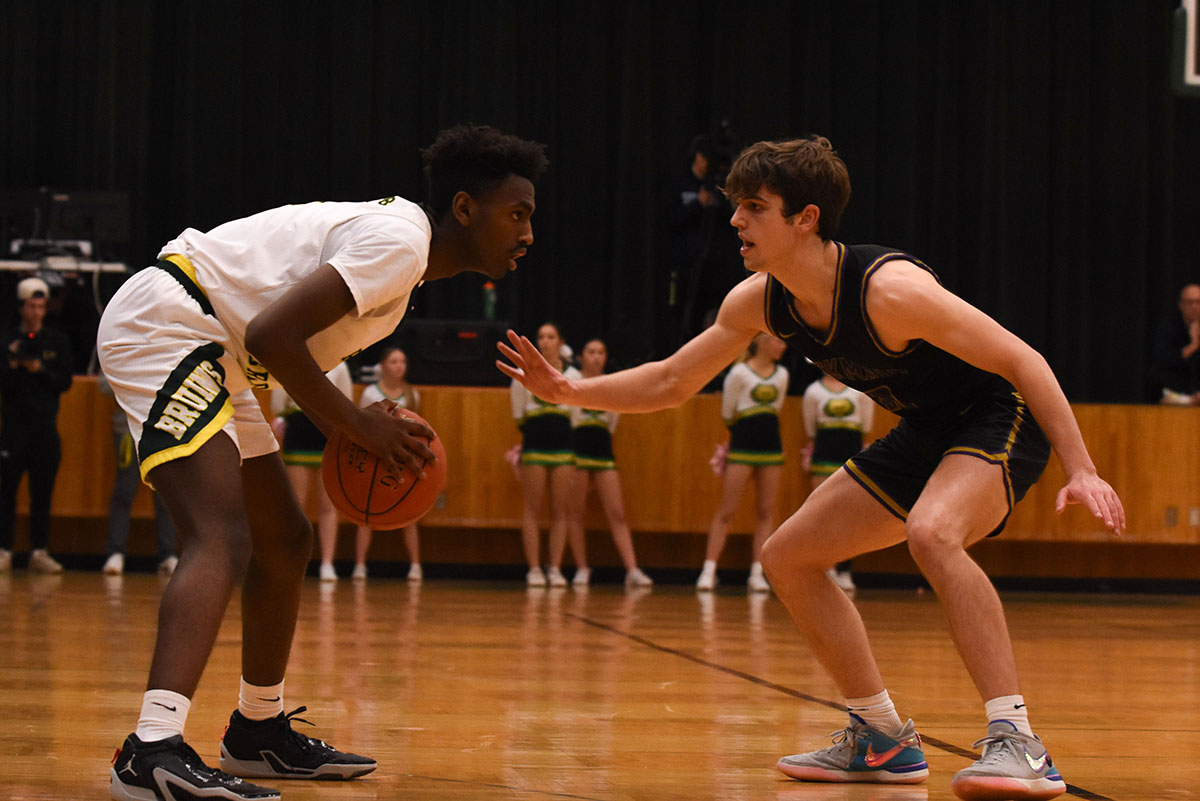For two weeks straight in the July heat, sophomore marching band member Ian Hendrickson woke up just in time for band camp, which began at 7:45 a.m. and went until 4 p.m. with an additional three hour rehearsal every night during the second week of camp.
Each week in the summer, sophomore cheerleader Ellie Barnett spent Monday, Tuesday, Wednesday and Thursday mornings practicing with cheer beginning at 7 a.m.. In July, Barnett had cheer camp for 10 hours a day.
When the school year began, the cheerleaders practiced three to four times a week. At semester, the team cut its practices back to Tuesdays and Thursdays for two hours.
The preseason for RBHS soccer began in January and continued until the end of February. During this time, sophomore soccer player Ana Manzano practiced every Monday and Wednesday, and when season began practices picked up to every day after school for an hour and a half to two hours.
On the Missouri State High School Activities Association (MSHSAA) website, out of marching band, cheer and soccer, only soccer is defined as a sport. MSHSAA also covers sideline cheer as an activity and not a sport, but does not have jurisdiction over competitive cheer, making it a “club activity.” Fishing, bowling and target shooting are also MSHSAA defined activities.
Despite its classification, Hendrickson believes marching band is a sport.
“We do low impact physical activity for a long amount of time, practice every day that involve[s] physical activity, and we participate [in] competitions,” Hendrickson said. “Some don’t consider marching band a sport because they don’t take band seriously and relate it with an ‘easy A’ class that doesn’t require much effort. They also see band as a performance that isn’t held on the same level as a competitive sport.”
With the intense daily practices and grueling summer rehearsals, Hendrickson said the band is expected to do medium intensity workouts for extended periods of time, leading to soreness and exhaustion. Though Manzano does not participate in marching band, from observation she said marching band is a sport because of its physical demands. She also, however, classified marching band as a fine art.
“I think anything that’s both physically demanding and competitive is a sport. But sometimes things like dance or show choir are fine arts when they’re not at a competition since they’re still physically demanding, but they’re not competing, they’re performing,” Manzano said. “If something is neither competitive nor physically demanding, I don’t think it’s a sport.”
RBHS athletic director and assistant principal David Egan said there is a blurred line of what is and is not considered a sport; however, there are some commonalities to help define different activities. Egan said sports often have a competitive and physical component.
“The first thing I think about is maybe in a sport you’re competing against an opponent, but that’s also true in things like marching band. They go to competitions and they’re competing against other schools, so that’s not sort of the differentiating factor,” Egan said. “Your score is based on the outcome of the performance of your skill, and it’s not based on arbitrary judgments. But then that’s not true either because you look at sports like gymnastics or cheerleading [or diving] and dance. Those are performed in front of judges.”
Because of the overlap in traditional sports versus other activities, Egan said he does not quite know what the distinguishing factor that differentiates the labels is. In regards to what sports and activities “get the most attention,” Egan said it comes down to safety and security and individual versus team sports.
“From time to time, I’ve sort of heard, there’s kind of this feeling of, well, football and basketball get all the attention and these other sports don’t get as much attention, those sorts of things,” Egan said. “I get it. I am also really kind of hurt by that. I do try hard to make sure all of our athletic programs are supported and recognized.”
As for the competition part of sports and activities, Egan said performing in front of judges, as in marching band, is unlike football where teams are competing directly against an opponent.
Another quality of a sport is its physical toll. For Barnett, the physical aspect of cheer is the hardest on her wrist. As a secondary base, Barnett endures a lot of weight on her right wrist when she stunts, forcing her to wear a wrist brace constantly. For other cheerleaders, the effects could be on their back, legs or feet, depending on the person and their role.
This physical aspect follows Manzano’s personal definition of a sport being anything that requires physical exertion.
“I think anything that’s both physically demanding and competitive is definitely a sport, [things] like soccer or football,” Manzano said. “Activities that are purely for entertainment like dance or cheer blur the line a bit because if they’re not competing if the sole purpose is to entertain. However, I still think that these kind of activities are challenging and valid. Just because something doesn’t qualify as a sport [doesn’t make] it easier.”
How do you define a sport?












































































